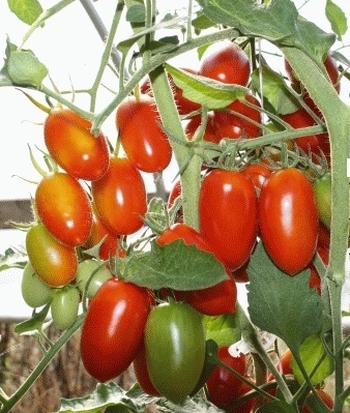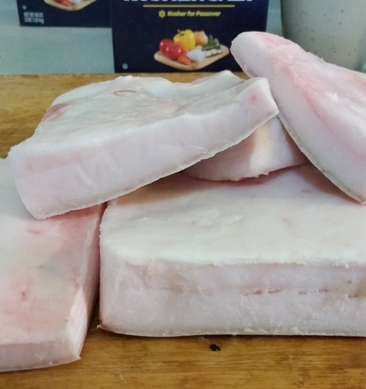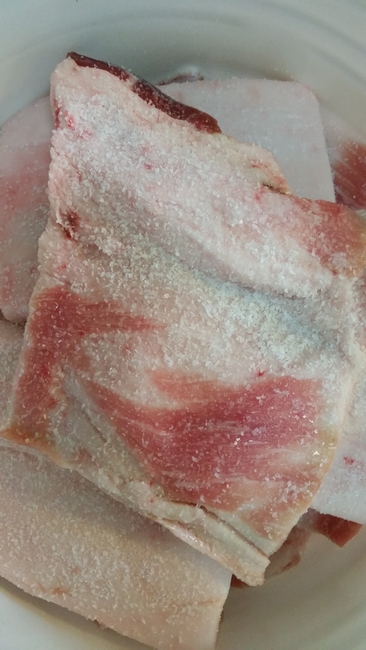Money Saving Tips for Homesteaders
We’re taking a break from gardening in the blog for a couple of weeks to help out a fellow homesteader. We received a request from a family who is struggling to make ends meet. They need money saving tips while they work on ways to add income to the family budget. We did some brainstorming and came up with a long list of tips.
- Nicky Smith suggests not having a clothes dryer. The amount of money you’ll save in electricity will pay for clothes racks and lines in a few months. Hang your clothes outside when the weather cooperates and near a heat source in the winter. Thanks to Nicky for sharing her tip on Facebook!
- Julie Dodd shared her tip on Facebook. “Unplug and turn off every light…not in use…saves a bundle.” Did you know that? That little light on the DVD player, Wii, coffee maker and every other appliance you’re not using adds up over time.
- Sue Wickson, another of our Facebook faithfuls, suggests not spending. “Don’t. Spend it.” Period. Just don’t spend money. It’s surprising what we can do without if we flat out refuse to spend the money.
3.5 Stay out of stores. Do your grocery shopping no more than once a week. Do all of your errands on that day and do go shopping again that week. It takes a bit to get organized but you can do it. - Shop sales. That seems obvious and we all know this but it’s easy to fall out of the habit. Stock up on items that have great sales. If possible, set aside $10 additional money for stocking up on those items. It might be hard in the beginning but after a couple of months it’s worth it.
- No soda, fancy coffee, sports drinks, flavored creamers, etc. Drink water. Add a slice of fresh citrus or sprig of mint for variety. Having given up soda 15 months ago, I know it’s hard but it’s worth it. I feel a lot better!
- Are you sure you need an extended warranty on purchases? Your state might require manufacturers to stand behind their products for a reasonable amount of time, usually longer than the basic warranty. Look for “implied warranty.” In some states it’s enforced by the attorney general’s office.
- Make your baby food. Puree what you’re eating as long as it’s not too spicy, hot, etc. Puree before you add salt, pepper and other seasonings if your child is too young for them. You can freeze the puree in ice cube trays.
- Glean. Check with local farms to find out if they allow gleaners into the field to clean up after the harvest. Broccoli side shoots, cabbage that was missed, potatoes that weren’t dug, whatever the vegetable is, it’s worth asking for.
- Make your own bread. I pay $6 for two pounds of bulk yeast. That’s the cost of two loaves of not very good bread. For about $1 a loaf I can make larger loaves of excellent bread that’s more filling because it’s higher in fiber and better for us. I mix up my bread at night and let it rise in the cool/cold kitchen. The added heat in the kitchen each morning is nice.
- Use your leftovers. Make TV dinners, turn them into casserole, soup or stew, play Restaurant with the kids and let them order off the Leftover Menu, or feed it to the chickens. No food in the trashcan. (Bones and fat go into the woodstove.)
- Skip do-dads. Decorate with items you can gather. Skip goodie bags for birthday parties. A homemade useful item in the Easter basket will be used and remembered much longer than a do-dad that’s lost in a day or two.
- Love to learn? Try free classes online. Coursera offers a lot of free classes. A quick internet search will turn up more options. Or learn from friends and neighbors. Learning a useful skill can lower or eliminate a repair bill some day.
- Are you a blogger with a good following? Test products and blog about them. You get to keep the product in exchange for an honest review.
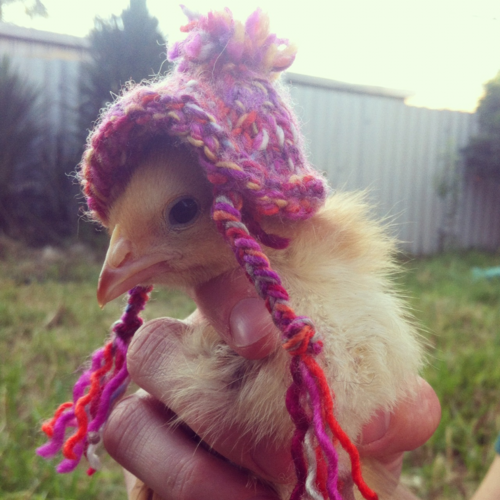
- Don’t keep egg laying chickens or ducks unless you’ve crunched all of the numbers and know you’re not losing money, and if someone nearby sells eggs. By the time I pay for fencing, nest boxes, shelter, food and all the other expenses I don’t save any money raising them myself. I’d stop raising layers if I could buy them locally.
- Buy quality. You don’t have to buy items brand new. Shop at thrift stores and pawn shops for lightly used items in good condition. If you buy quality once it’s less expensive in the long run than buying inexpensive items that don’t last.
15.5 Try pawn shops later Friday or first thing Saturday after items have been pawned for weekend money. Leave a list of what you need and your name and contact info with the shop. - Limit dry cleaning. Spot clean when necessary. We take our wool pants and vests to the dry cleaner in the spring. That’s it. Once a year.
- Sell what you don’t need. If you haven’t used something for a year you probably don’t need it. Earn some extra cash to put toward the extra $10 on stocking up on grocery sales.
- Have an energy audit of your home. Cover windows with shrinking plastic. You dry it with the hair dryer and it shrinks to fit and is clear. Use towels or blankets on the windows on the coldest nights. Caulk leaks.
- Close off the heat to rooms you don’t use. We don’t heat our bedrooms. Instead, we have heated mattress pads and an extra blanket. The mattress pad warms up the bed for about an hour before we go to sleep. It’s warm and cozy and we stay that way overnight.
- Avoid expensive household cleaners. Vinegar does a great job of cleaning.
We’ll continue this next week. There are still a lot more tips to share.

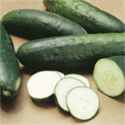
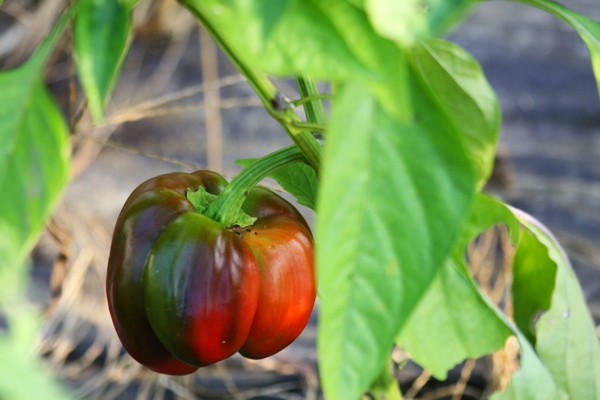
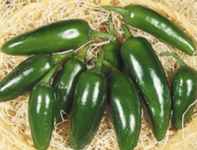
 Tomatoes
Tomatoes